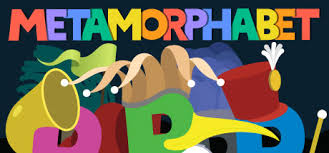Healthy Hearing Habits
H It’s a very noisy world, and children are at risk for developing hearing damage due to loud and repeated sound exposure. Dr. Frank Wartinger, Audiologist at Childrens Hospital of Philadelphia, outlines several tips in his article (link below) for parents to help protect their children’s hearing: Teach children to respect their hearing: Talk to your kids about how important hearing is to everyday life. They will be more likely to protect their hearing if they understand and appreciate it. Dr. Wartinger suggested having your child identify his or her favorite sound and share how they would feel if they could no longer hear it. Know when a sound is dangerously loud: When your child is listening to music or



